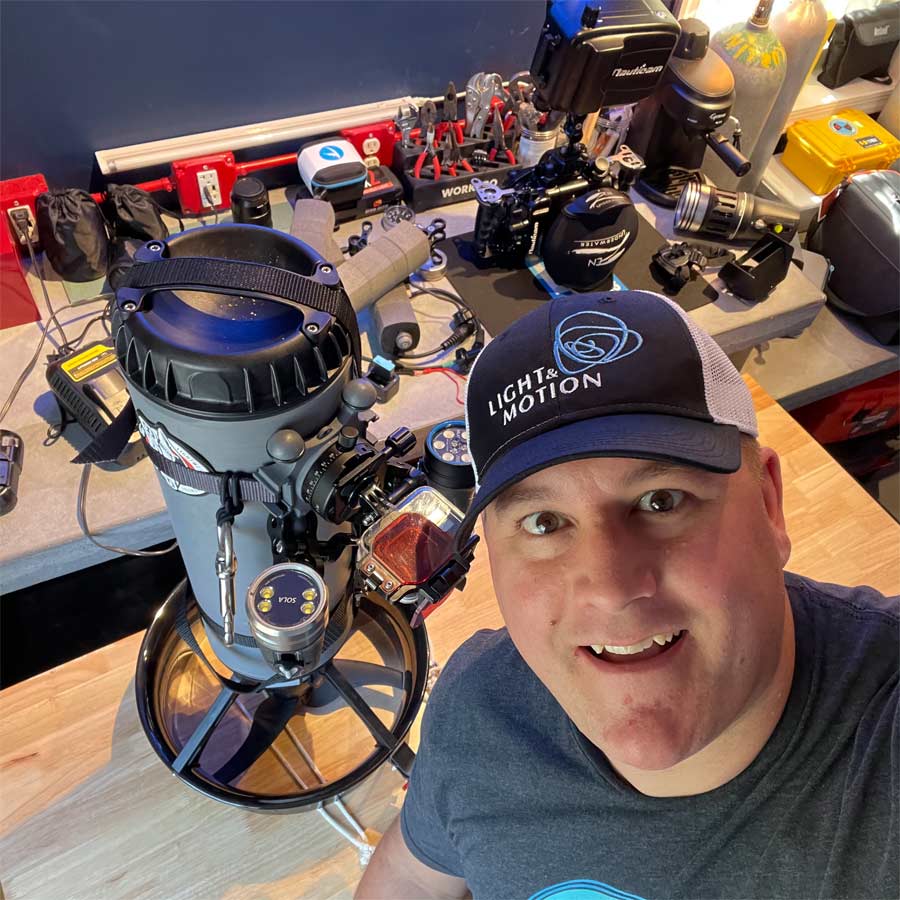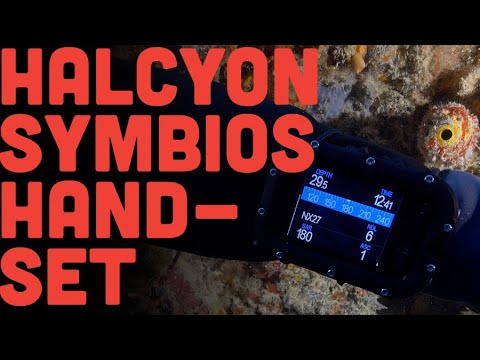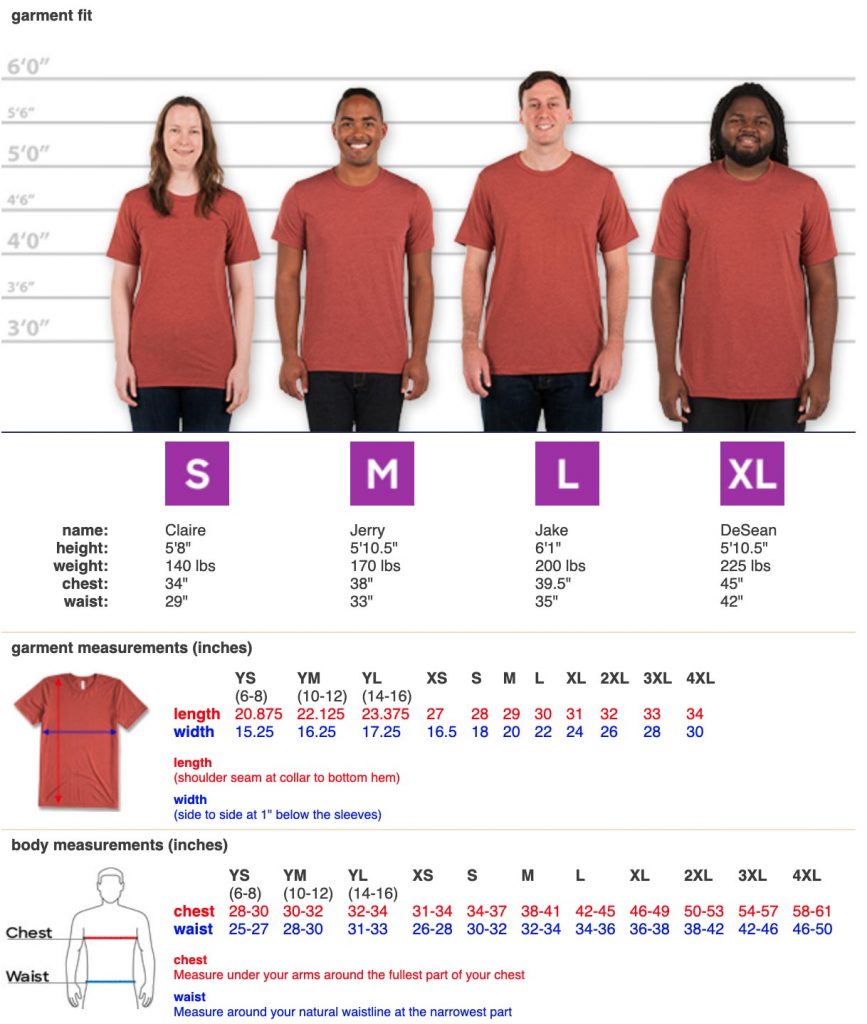3 Dangerous Issues with Full Faced Snorkel Masks
The sales of full faced snorkel masks are skyrocketing, but the percentage of snorkelers who die using the full faced snorkel mask is considerably higher than the percentage market share these masks still enjoy. So what’s going on and what are the risks?
There’s no doubting the popularity of full faced snorkel masks, but they do present some significant safety concerns. Later in this video, I’m going to share with you five tips for safe use of a full faced snorkel mask, but first, let’s look at the underlying issues.
There’s been a big splash in the Aloha State in regards to the disproportionate amount of deaths attributed to the use of the full faced snorkel mask, over traditional snorkel masks. Hawaii’s largest snorkel-specialist retailer, Snorkel Bob’s, has refused to stock full faced snorkel masks.
Snorkel tour operators like the Hawaii Ocean project refuse to allow guests to use full faced snorkel mask on their charters.
So what are the underlying issues with a full faced snorkel masks?
There are many full faced snorkel mask name-brands that are seemingly having no problems, but they are also quick to point the finger at the off-brand copycat masks that are wildly popular on amazon due to their being half the price.
To illustrate, I’ve got hold of one of the cheapo, no-brand full faced snorkel masks, a regular mask and snorkel combination, and a SCUBA full face mask that Emergency Response Divers and Emergency Response Instructors use.
The Seal Doest Seal
The first issue is the seal. The seal has to encompass the whole face and so adds many more failure points compared to an eyes-and-nose covering traditional mask design. In the knock-off brands, they’re using PVC instead of silicone, which just doesn’t seal as well. It’s been reported that even squinting causes leakage. But hey, what did you expect for $25 bucks?! Silicone is expensive!
Now, it’s worth noting, when a traditional mask leaks, you can still breathe. With a full faced snorkel mask, the nose and mouth are encapsulated and this gives you all the pleasure of being waterboarded without the inconvenience of a long flight to Guantanamo Bay.
The Mask Collects CO2 Which is Dangerous to Breathe
Next up, you have the huge dead space. What do we mean when we say Dead Space? The volume of gas that is not circulated with each respiratory cycle i.e. the portion of the same air you’re breathing in and out each breath that contains CO2 from your previous breath out. Taking you back to High School Biology class, as we metabolize O2 we produce CO2 as a waste product, which is exhaled every time we breathe out. We need a fresh supply of O2 to stay alive. If we keep cycling the same air in and out of our lungs, the O2 content gets used up and the CO2 content increases. A regular snorkel adds about 160-170ml of dead air space to our respiratory tract. This full faced snorkel mask adds 1100ml of dead space, and even if the mask features an orinasal inner mask, this does little to reduce the dead space. As the O2 content gets lower and lower, you’ll eventually reach a hypoxic state where you don’t have enough oxygen to sustain consciousness. And being unconscious in the water is a bad thing. Other signs and symptoms of hypoxia include hyperventilation and panic, both of which are also bad if you happen to be in the water. Consider buying a scuba mask, here is how you would find one that fits for you and this is how you would prep a mask so it doesnt fog.
Reputable makers of full faced snorkel masks include some kind of one-direction valve system in their designs that makes sure some of the exhaled air can’t be breathed back in. Off-brand cheapo copies don’t bother to include these.
The Strap Isnt Easy to Take Off
Last but not least, the strap system on a full faced snorkel mask wrap around the back of the head and need to be much tighter to get that flimsy seal to fit, which in turn makes them harder to get off if, you know, you’re hyperventilating, panicking or being waterboarded by the mask itself.
This mask is getting returned. I literally just bought it as a prop for this video. I would never buy any full faced snorkel mask for anyone I cared about, for all the reasons stated above, but also because you can’t equalize your ears in a full faced snorkel mask, so they’re only rated for duck dives to 10ft/3m.
5 Tips for Safe Use of a Full Faced Snorkel Mask
BUT If you absolutely have to buy one for your least favorite child or niece or nephew, here are five tips for their safe use:
- Buy only from a Name Brand that specializes in snorkel equipment. If you’re not sure if it’s a name brand, check the manufacturer to see what other products they sell (the people who manufacture this mask also manufacture scented oil dispersers and car seats… not exactly specialists.)
- Never let anyone you care about snorkel on their own. There was a case last year, again in Hawaii, where a full faced snorkel mask wearing snorkeler was only saved because he had a buddy (who was wearing a traditional snorkel and mask to drag him out of the water after he passed out.)
- Never exert yourself in a full faced snorkel mask. Be calm in the water. Don’t swim hard, don’t use them in current. Relax.
- Take regular breaks. The common recommendation is to take a 5-minute break from using a full faced snorkel mask every 15 minutes.
- Don’t be too proud to use a snorkel floatation vest, it could save your life.
If you liked this video, check out the future of scuba diving mask.









